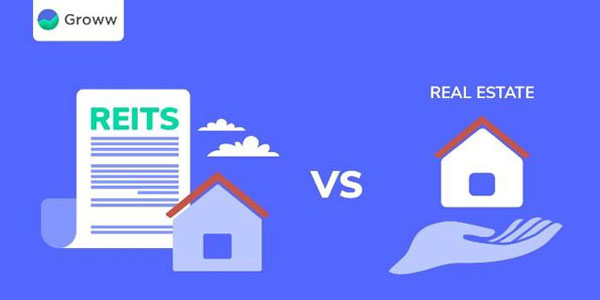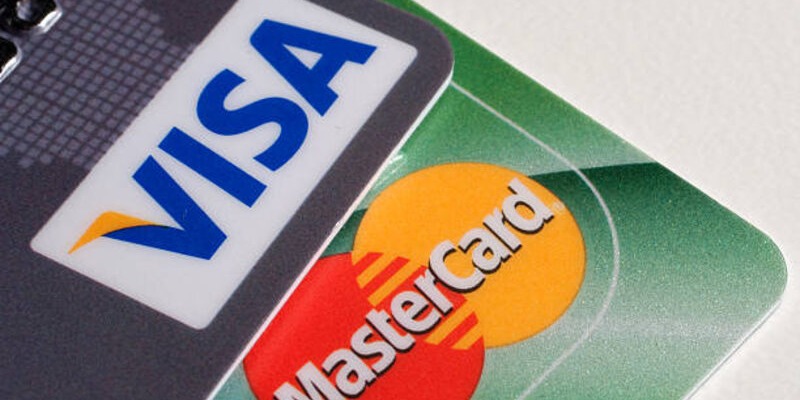U.S. Bank Review - The Best Bank in the US or Not?
Jan 12, 2025 By Kelly Walker
Financial institutions such as banks provide businesses and individuals with financial services, freedom and ease of transactions, and access to the global market for trade. Knowing who your banking partner is and what kind of services they provide is very important for any business or individual. In this article, we will talk about one such banking institution: U.S. Bank.
U.S. Bank is a financial institution founded in 1863 in Cincinnati, Ohio. U.S. Bank currently has its headquarters in Minneapolis, Minnesota, and is the fifth-largest banking institution in the United States. A bank holding company, U.S. Bancorp, owns the bank.
This U.S. Bank review will explain the advantages and disadvantages of having an account with the bank. It will also explain some of the attractive financial services the U.S. Bank provides. Suppose you are in the market for a new banking partner and are researching information on different banking institutions. In that case, this article will help you by providing information to make the decision if you should open an account with U.S. Bank.
What are the advantages of having an account with U.S. Bank?
As it is with everything, the policies and financial services provided by U.S. Bank have some advantages and disadvantages. Following are some of the advantages of banking with the U.S. Bank:
- With its inception in 1863, the bank has a very long and rich history of almost one hundred and sixty years. In this long period, the bank has built more than 2400 physical branches and 4200 ATMs across the United States. Due to this extensive network of branches and machines, U.S. Bank is capable of providing services to its customers in almost all the major cities in America.
- U.S. Bank provides its customers with a variety of certificates of deposits (CDs). The bank provides the customer with very attractive short-term CDs and special terms with higher returns than the market average.
- Due to its very long history, the bank has had more than enough time to sustainably and systematically build its business and brand value. Due to this, the bank has a very wide variety of financial services it can provide to its customers. They offer everything from savings accounts and fixed deposits (FDs) to mortgage and car/boat loans. It means that U.S. Bank can be a one-stop solution for many people looking for financial services.
- The company has beautifully integrated itself and its financial services with today's technology. For example, the bank's digital interface, both its website and mobile application, is very easy to use and gives its customers a smooth experience.

What are the disadvantages of having an account with U.S. Bank?
Now that we have learned about the advantages of having an account with U.S. Bank, it’s time that we see what are the disadvantages of having U.S. Bank as your banking partner. Following are some of the disadvantages of banking with the U.S. Bank:
- Despite having a huge network and vast infrastructure across the country, the U.S. Bank has physical branches in only 26 states. And most of these branches are concentrated in the country's western region. Hence the people living on the eastern seaboard don’t have easy access to physical branches of the bank. This is also a huge disadvantage for people who have to shift from the western region to the eastern region or travel a lot because of their job.
- U.S. Bank doesn't offer customers a competitive interest rate for savings and deposit accounts. People with this as their deciding factor can find better interest rates in other banks.
- Bank Fees and different processing charges are hard to avoid or waive in the case of U.S. Bank. For example, you must maintain a minimum account balance if you want a higher interest rate and avoid minimum balance fees.
What financial services does the U.S. Bank offer?
Some of the services provided by the bank are as follows:
1. Savings Account
U.S. Bank provides its customers with five varieties of saving accounts. The first type is the Standard Savings Account. This type of account is ideal for first-time users or low-income customers. The account maintenance fee for this account is only $4 and can also be waived if the customer maintains a minimum of $300.
Elite Money Market Savings Account is another type available at U.S. Bank. The bank requires the customer to deposit a minimum of $100 to open the account and charges a $10 maintenance fee which can be waived under certain conditions.
Retirement Money Market, Platinum Select Money Market, and Package Money Market saving accounts are the other types of saving accounts provided by the U.S. Bank.

2. Checking Account
The Easy Checking Account is a type of checking account available with the U.S. Bank. The account maintenance fee is $6.95 and can be waived if the average balance of your account is $1500 or your age is 65 and above.
Gold Checking Account is a premium and one of the most popular checking accounts available with U.S. Bank. The account maintenance fee is $14.95 and can be waived if you have a credit card or a loan linked to this account.
Platinum Checking Package is a premium service the U.S. Bank provides regarding checking accounts. This account has a maintenance fee of $24.95 and can be waived under some conditions.
3. Certificate of Deposits (CDs)
CDs are perfect for people with a cash surplus and who want to invest it for a long period of time. The U.S. Bank provides its customers with a very competitive interest rate of 4.25% APY for eleven months. The interest rate for fifteen months is 4.35% APY and for nineteen months is 4.45% APY. These interest rates may change depending on your location and the period of time you want to invest.
You should also remember that you can’t withdraw the money before your agreed time period is over. Doing so will decrease the expected return and incur an early withdrawal penalty.
4. Other financial services provided by U.S. Bank
- Credit Cards, Gift Cards, Cash Back Credit Cards, and many more types of credit cards
- Car, Boat, and RV loans
- Home loans
- Personal and business loans
- Mortgages
- Wealth management and financial advisors
What can we infer?
The current interest rate for the bank's saving accounts leaves much to be desired. If you are looking specifically for a high-yield saving account, you can do better than the ones available with U.S. Bank.
U.S. Bank also provides its customers with various financial services for both personal and commercial use. This bank is perfect for individuals who are looking for such a variety of services in one banking institution and can take advantage of various perks which are obtained by linking different accounts.
This review will help you to narrow down your choices for prospective banking partners.

Why Not Buy Before the Dividend and Then Sell?

What are Top Personal Loans for Excellent Credit

REITs vs Real Estate Investment Funds: How They Compare

What is a Like-Kind Exchange

Form W-4: Employee's Withholding Certificate

How Is Margin Interest Calculated?

What Is a Covenant-Lite Loan?

How Do You Transfer Common Stock From One Broker to Another

4 Ways to Remove Your Name Off a Cosigned Loan

